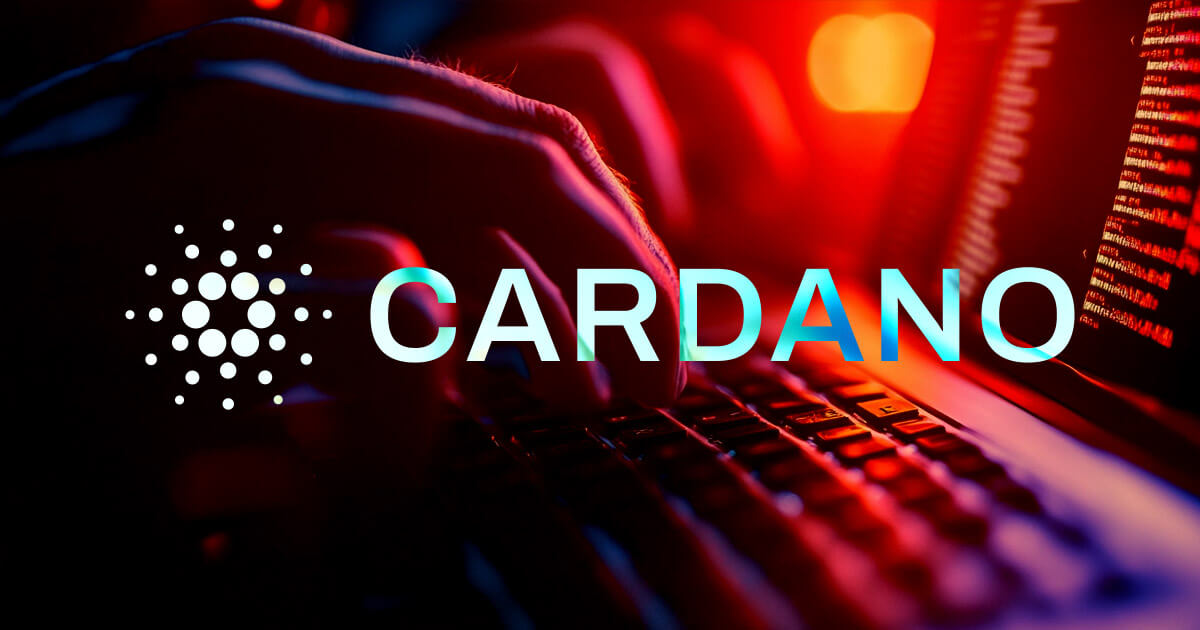
Solana has achieved a major milestone this year, becoming the leading blockchain ecosystem for onboarding new developers, according to a December 12 report by Electric Capital. For the first time since 2016, Solana has surpassed Ethereum in new developer activity, attracting 7,625 fresh contributors compared to Ethereum’s 6,456.
This rise marks an 83% year-over-year growth for the Solana ecosystem, with much of its momentum coming from increased adoption across Asia. Throughout the year, Solana managed to outpace Ethereum in key metrics, including network activity and daily fee generation during certain periods. Notably, on March 18, Solana’s network activity spiked amid a rush for Solana-based memecoins, and on October 28, it briefly outdid Ethereum in 24-hour fee generation.
Ethereum Still Dominates in Total Developer Activity
Despite losing its top spot for onboarding new developers, Ethereum remains the number one blockchain ecosystem in overall developer activity. The network recorded 6,244 active monthly developers in 2024, representing a 17% drop from the previous year. However, Ethereum continues to lead globally, with the highest number of active developers across all major continents, including Asia, Europe, and North America.
Ethereum’s layer-2 networks also saw notable growth, with developer activity rising by 64% since 2021. Additionally, Eigenlayer, Ethereum’s primary restaking protocol, emerged as the fastest-growing ecosystem in 2024, with a staggering 167% increase in active developers.
Crypto Broader Adoption
Electric Capital’s report highlights that crypto development is increasingly becoming a global phenomenon, with activity growing in regions like Africa, South America, and Asia. Asia now hosts one in three crypto developers worldwide, fueled by strong contributions from countries like India, which onboarded the most new developers in 2024.
The report also underscores how different regions are driving various use cases. For instance, stablecoin transactions remain consistently active across Asian, European, and African time zones. Meanwhile, NFT trading activity peaks during American work hours, with minting activity predominantly occurring during Asia’s daytime.










